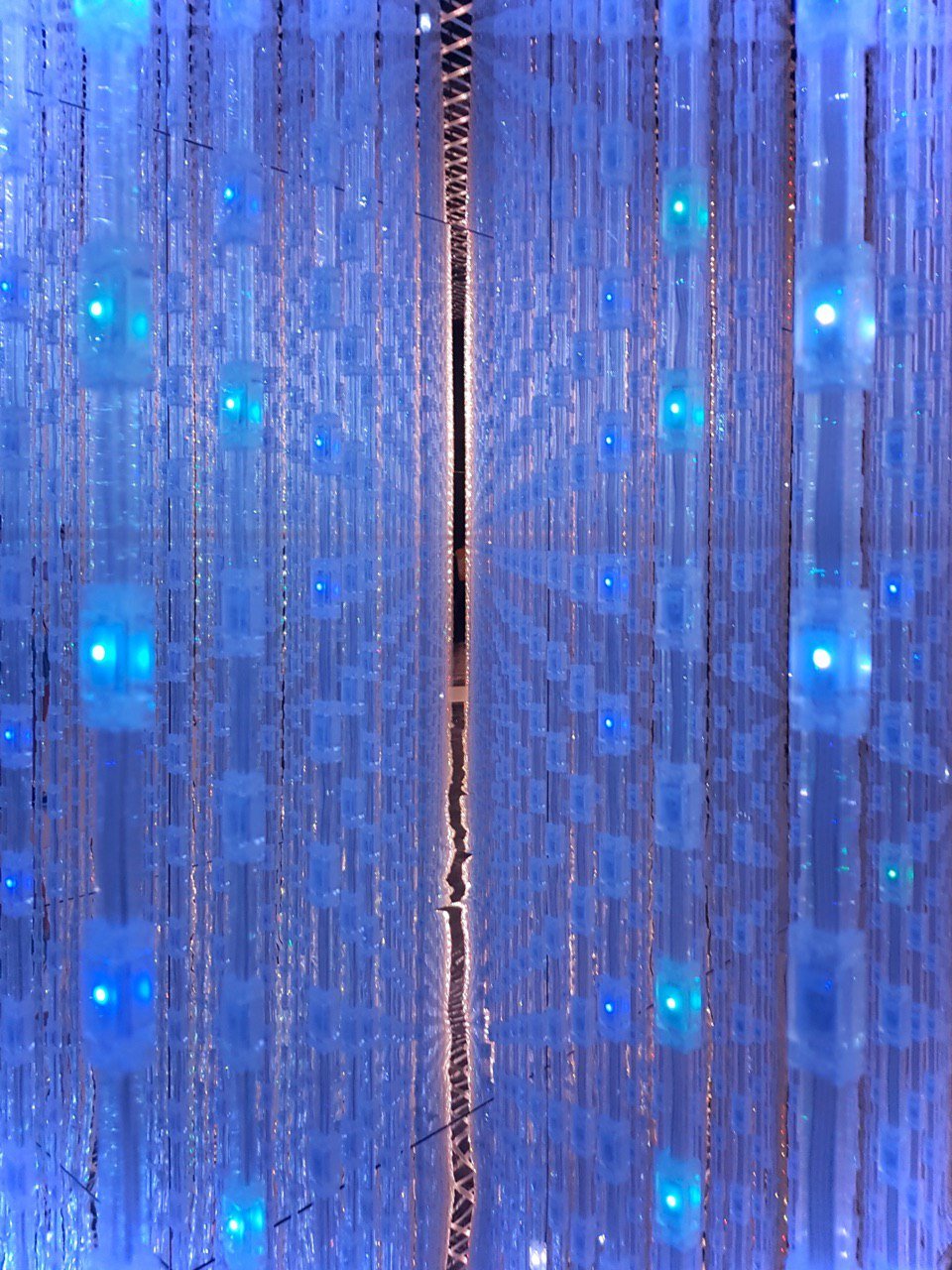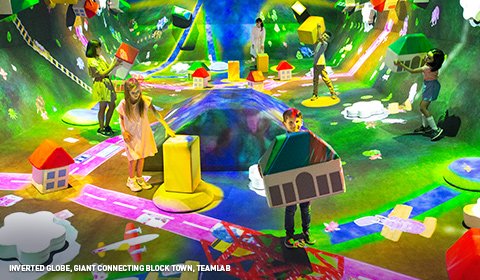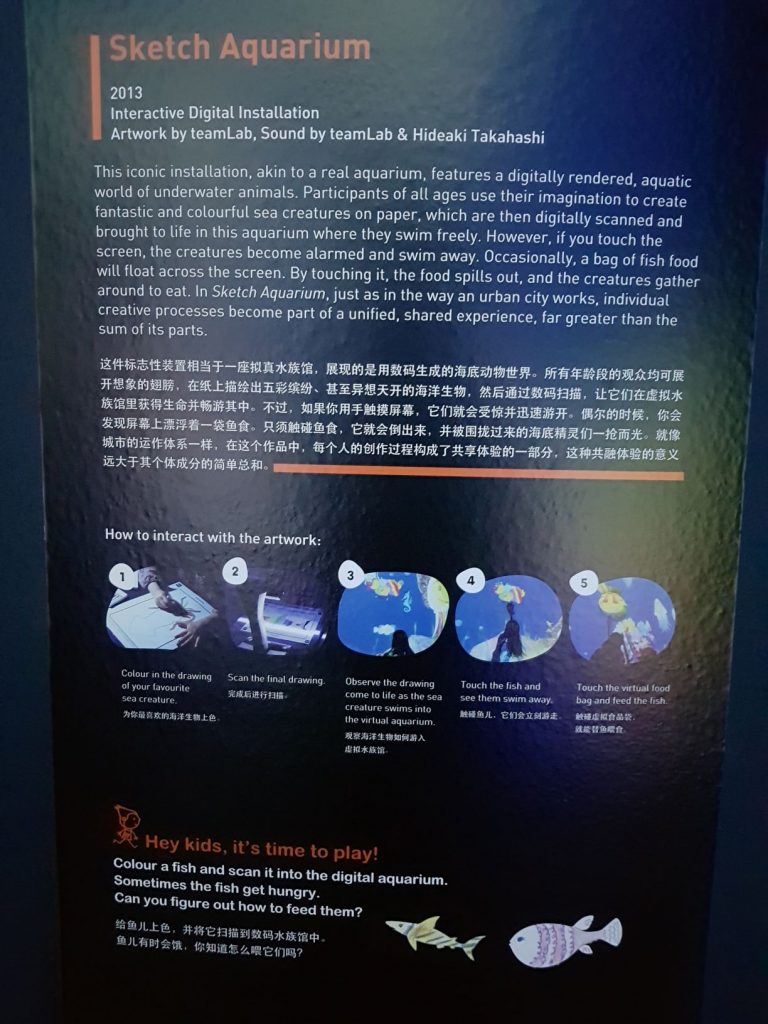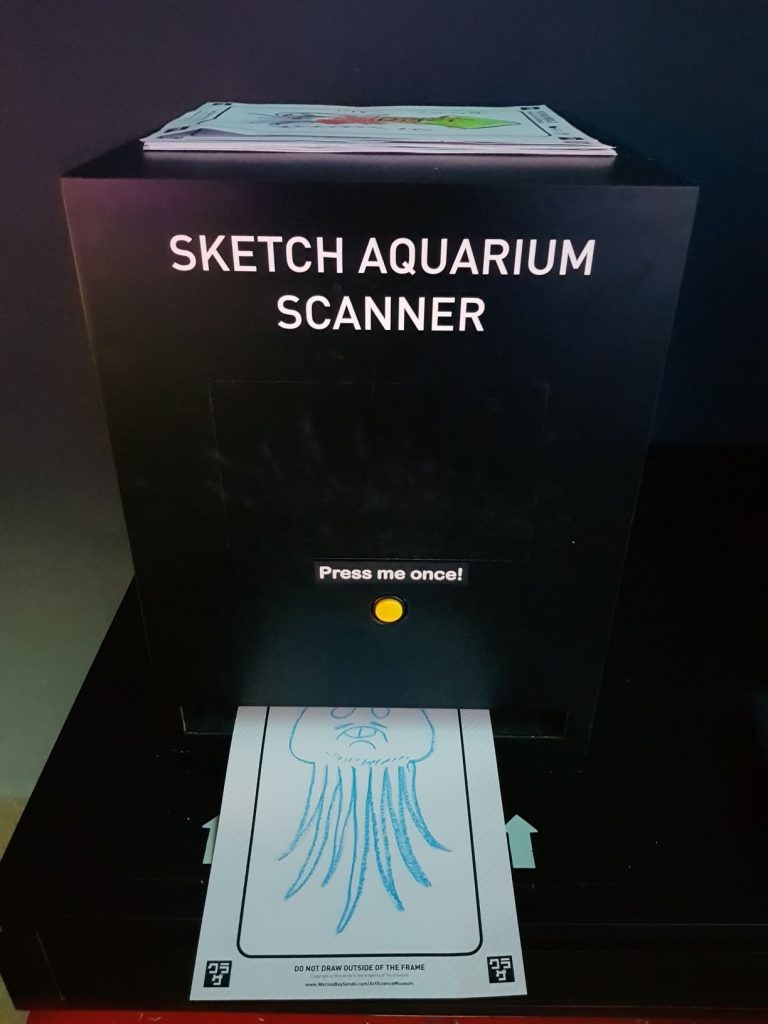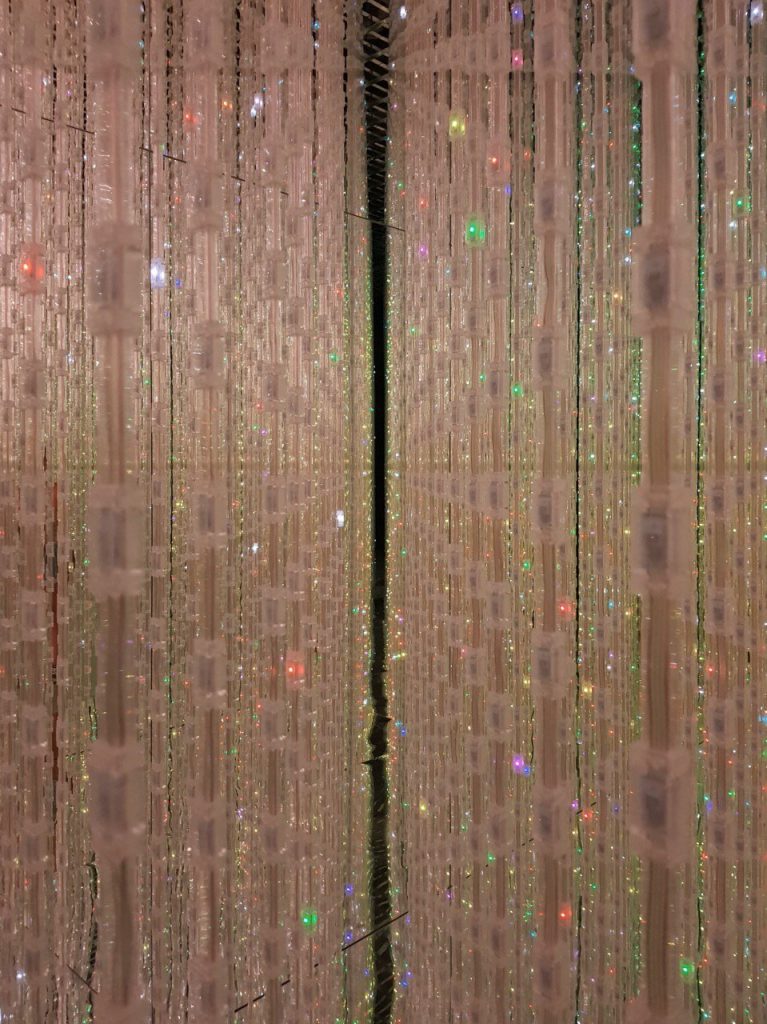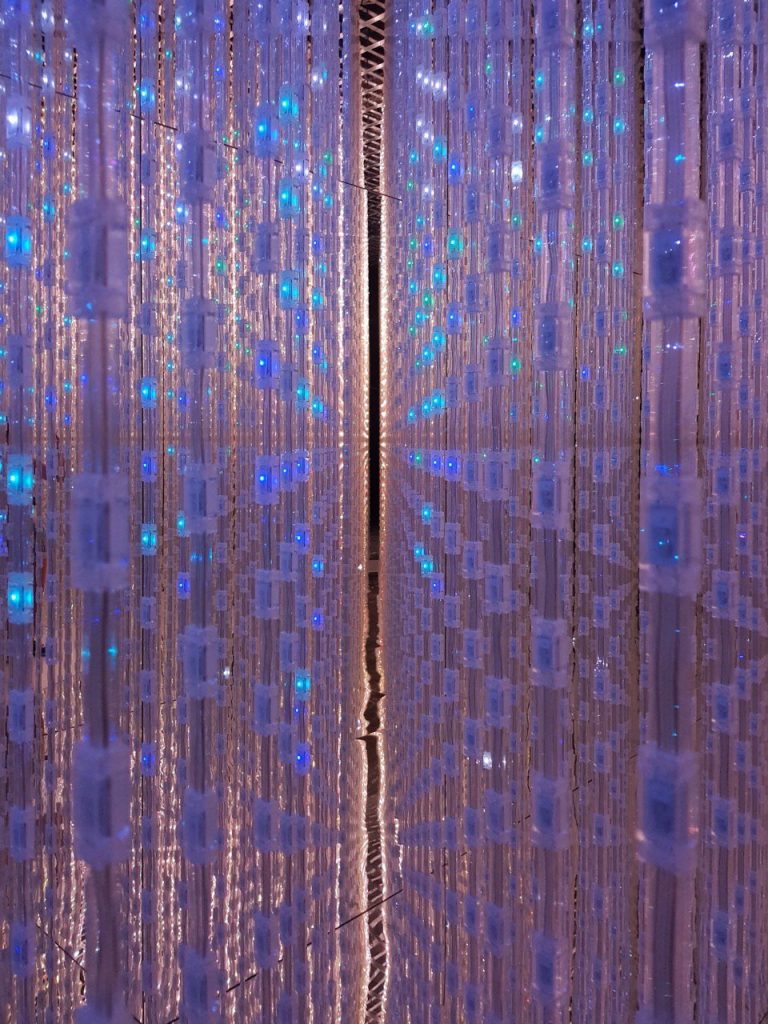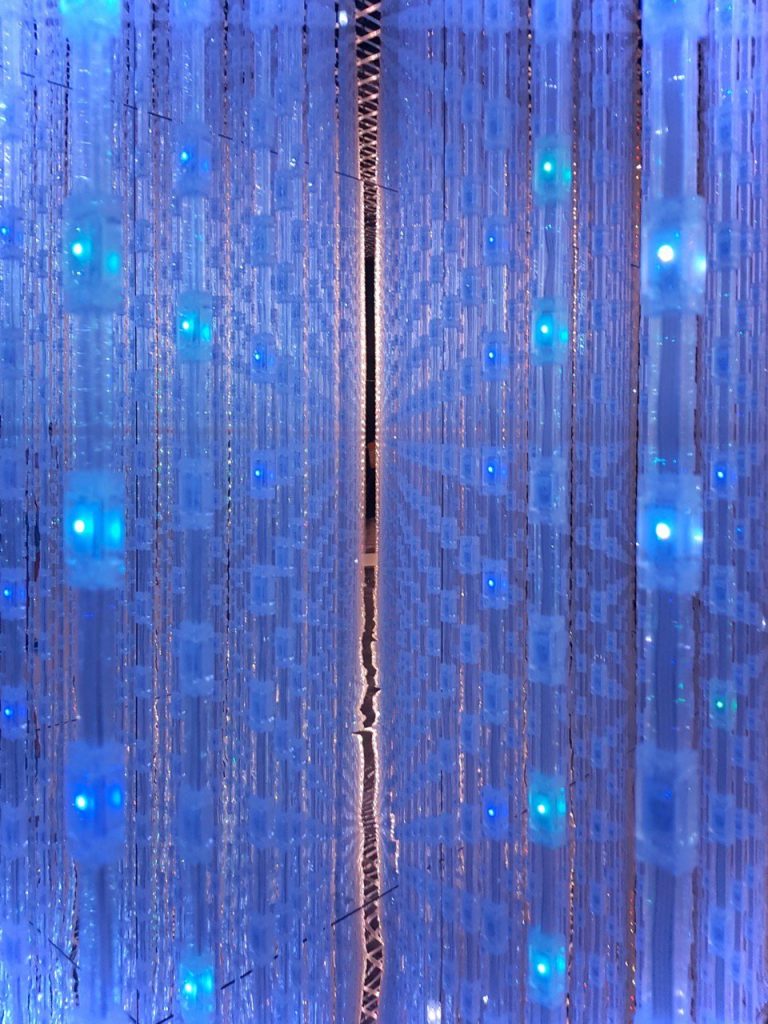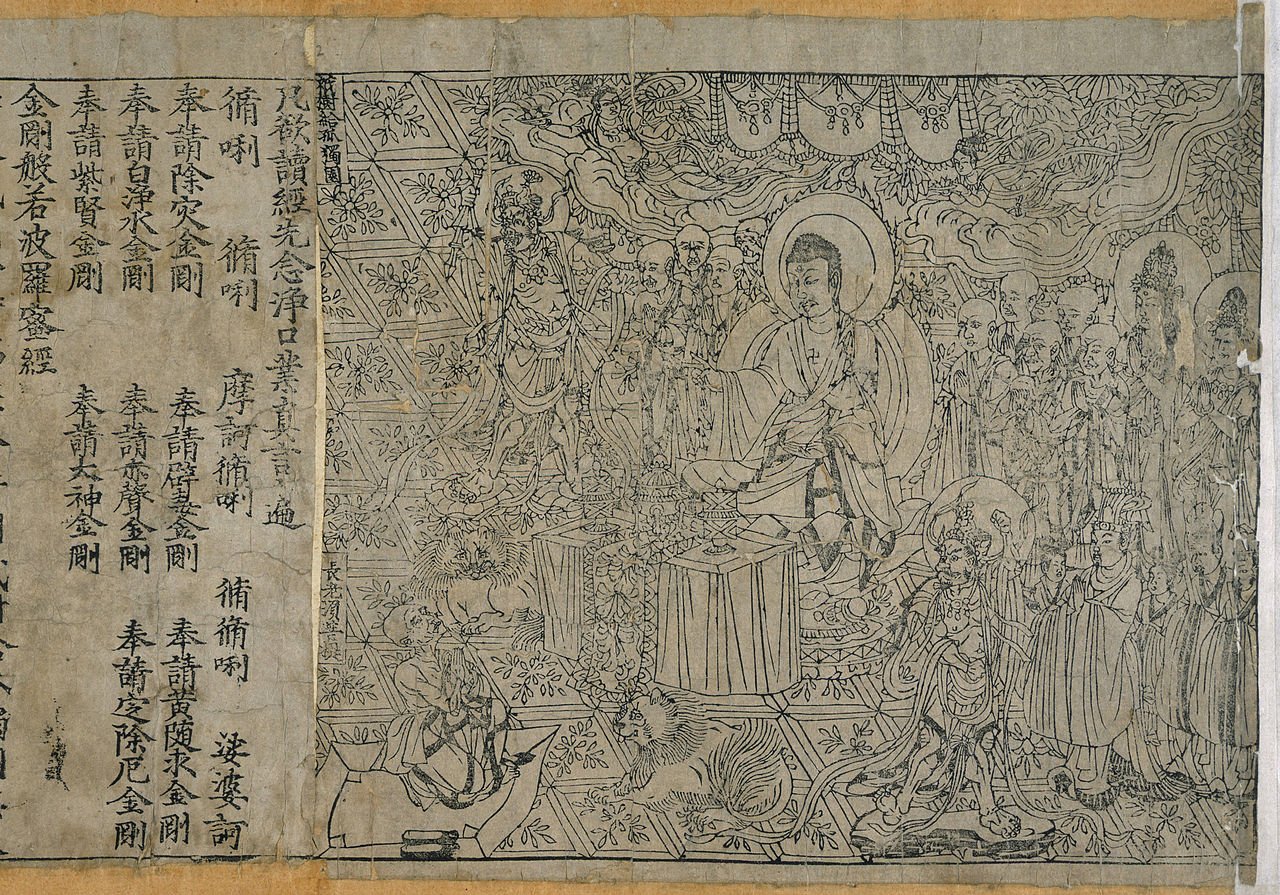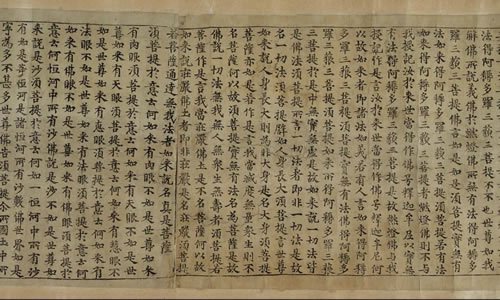Plakatstil, also known as Sachplakat, is German for Poster style, originating from Germany in 1900s. It was started by Lucien Bernhard, who was also the director of Das Plakat, a monthly German art magazine. Plakatstil turned away from the complexities of Art Nouveau, into a more modern outlook on poster design. Since it was a style, there were certain distinct characteristics found in all Plakatstil posters, such shapes and objects being simplified as plenty of negative space to guide the viewer to focus solely on the subject matter. The posters were usually accompanied by bold lettering that grabs the attention of the viewers. Lucien Bernhard believed in minimalism, in the ‘less is more’ approach. Plakatstil became universal style that did not have any association to any specific school or art movement.
The colours used were usually reductive flat and distinctive, eye catching colours. Bernhard was 15 when he attended the exhibit in Munich of work and walked away ‘drunk with colours’. He attention was caught by the flat, eye catching colours he had seen, which jumped at him. This was when he came to the revelation that design could be minimalistic and clear; clutter and intricacies of design was not necessarily vital to bring forth a message. In Bernhard’s poster for Priester’s matches of 1905, his original idea consists of cigar, dancing girls and a table; which he felt reflected Victorian style, something he did not want to achieve. After reduction and compositional tests, he removed the elements one by one and was left with a the matchbox and matchsticks. This gave the poster a minimalistic approach and the message was straight to the point. In this new era, shapes and objects were used, rather than full-on illustrations.

Poster for Priester matches, Lucien Bernhard, 1905.
Typography was usually created by hand as part of the illustrations. Although Bernhard preferred using classic book typefaces for setting text, he designed a number of display typefaces, including Bernhard Gothic, Bernhard Fashion, Lucian, Bernhard Tango, and Bernhard Brushscript. There was no limitations to what kind of typefaces could be used in Plakatstil.

Poster for Stiller shoes, Lucien Bernhard, 1912
Plakatstil was a style that was not art for art sake, rather it had a function, a purpose. The purpose was to capture the audience and entice them to desire, and therefore purchase what was reflected in the posters.

Poster for men’s ready made clothing, Ludwig Hohlwein, 1908
Minimalism, less is more concept of Plakatstil was unfortunately derailed in 1914 by WWI.
As artists, we are constantly being in the loop of trial and error, finding the best way to communicate our messages on advertisements to the viewer without distracting or distortion from the original message. The Eureka moment struck Bernhard as he developed the idea of using a minimalistic approach to his design, influencing many others such as Ludwig Hohlwein and Hans Rudi Erdt. Although there wasn’t a definitive style that followed in Plakatstil’s footsteps, artists such as Nancy Stahl, who designed the 37-cent Snowy Egret definite stamp in 2003 drew inspiration from the style and evolved it to integrate into her own art style. The bold and graphic stamp was made in a reductive, flat-colour style, drawing resemblence in colour to that of Hans Rudi Erdt’s ‘Opel poster’.

